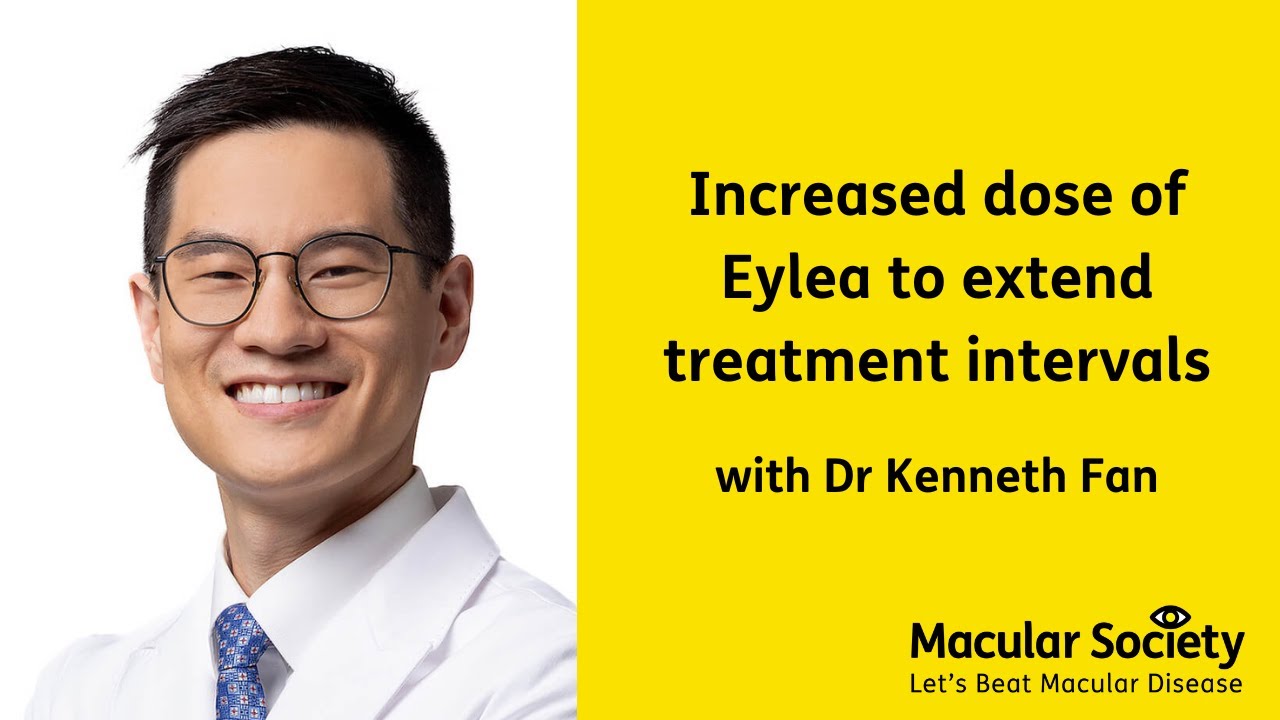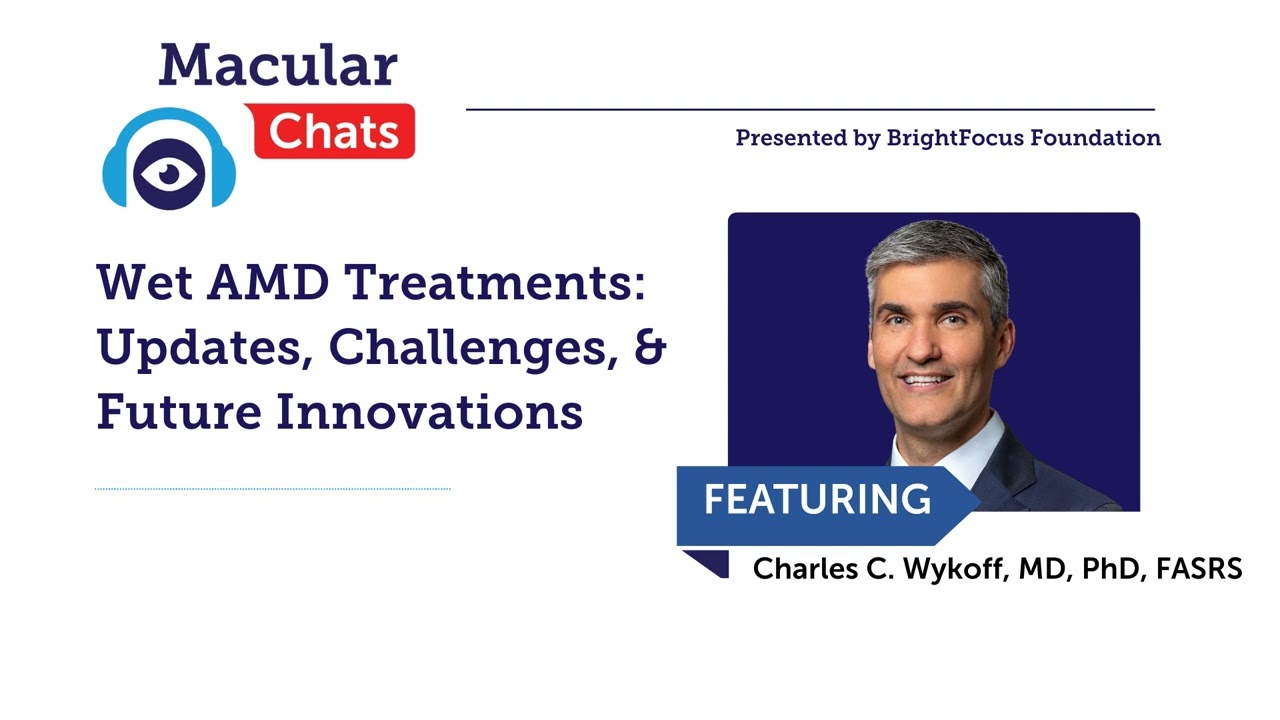The Ophthalmology Channel
NEW YORK (Reuters Health) – Results of two trials indicate that verteporfin photodynamic therapy plus ranibizumab injections is no better than ranibizumab alone for treating subfoveal choroidal neovascularization secondary to age-related macular degeneration (AMD).
The findings are reported in two papers in Ophthalmology online March 19, covering 12-month outcomes in the MONT BLANC trial conducted in Europe and the DENALI trial conducted in the US and Canada.
For the MONT BLANC trial, Dr. Michael Larsen, with the University of Copenhagen in Glostrup, Denmark, and colleagues randomized 255 patients “with all types of active subfoveal choroidal neovascularization” to as-needed verteporfin photodynamic therapy (standard fluence) and ranibizumab or sham infusion plus ranibizumab.
The mean change in best-corrected visual acuity at 12 months was +2.5 letters in the combination treatment arm and +4.4 letters the monotherapy group, the team reports. The results were within the noninferiority margin of 7 letters, one of the primary objectives.
The number of patients achieving a treatment-free interval of 3 months or more (the second main outcome measure) was high in both groups: 96% with combination treatment and 92% with monotherapy. However, the difference was not statistically significant (p=0.22).
Numerically, there were slightly fewer ranibizumab injections over 12 months in the combination arm (4.8) than the monotherapy arm (5.1), the authors note).
Meanwhile, for the DENALI study, Dr. Peter K. Kaiser, with the Cleveland Clinic Foundation in Ohio, and colleagues randomized 321 patients with subfoveal choroidal neovascularization secondary to AMD to receive ranibizumab alone or in combination with either standard-fluence or reduced-fluence verteporfin photodynamic therapy.
The mean change in best-corrected visual acuity in the three groups respectively was +8.1, +5.3 and +4.4 letters. In this case, the investigators report, “Noninferiority of either combination regimen to monthly ranibizumab monotherapy was not demonstrated (primary end point).”
In this study, ranibizumab injections were administered monthly in the monotherapy group, while they were given monthly for three months and then as needed in the two combination arms. The authors found that a treatment-free interval of 3 months or more was achieved by 92.6% of patients randomized to standard-fluence verteporfin and by 83.5% of those in the reduced-fluence group.
The mean number of ranibizumab injections over 12 months in those two groups was 5.1 and 5.7, compared to 10.5 in the monotherapy group.
Noting the reduced number of intravitreal injection in both studies, Dr. Kaiser and colleagues comment: “Combination therapy with verteporfin PDT and ranibizumab may have a role in some patients in the treatment of neovascular AMD because the potential remains for such combination therapy to reduce the overall treatment burden.”






